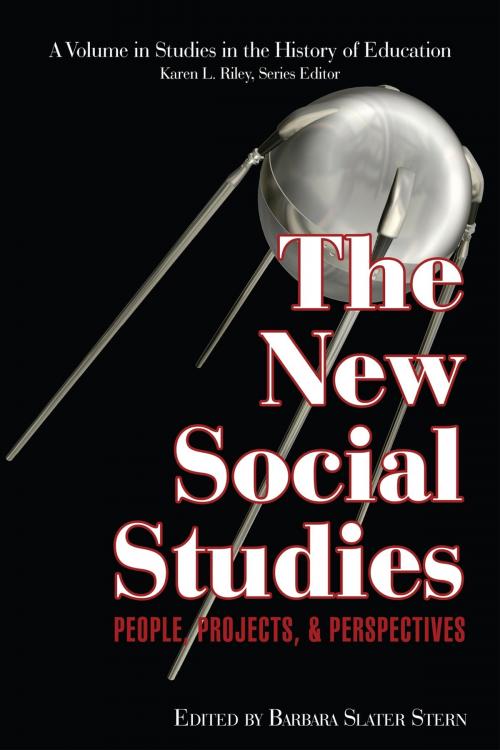The New Social Studies
People, Projects and Perspectives
Nonfiction, Reference & Language, Education & Teaching, Higher Education, Social & Cultural Studies, Social Science| Author: | ISBN: | 9781617352850 | |
| Publisher: | Information Age Publishing | Publication: | November 1, 2009 |
| Imprint: | Information Age Publishing | Language: | English |
| Author: | |
| ISBN: | 9781617352850 |
| Publisher: | Information Age Publishing |
| Publication: | November 1, 2009 |
| Imprint: | Information Age Publishing |
| Language: | English |
This volume, The New Social Studies: People, Projects and Perspectives is not an attempt to be the comprehensive book on the era. Given the sheer number of projects that task would be impossible. However, the current lack of knowledge about the politics, people and projects of the NSS is unfortunate as it often appears that new scholars are reinventing the wheel due to their lack of knowledge about the history of the social studies field. The goal of this book then, is to sample the projects and individuals involved with the New Social Studies (NSS) in an attempt to provide an understanding of what came before and to suggest guidance to those concerned with social studies reform in the future—especially in light of the standardization of curriculum and assessment currently underway in many states. The authors who contributed to this project were recruited with several goals in mind including a broad range of ages, interests and experiences with the NSS from participants during the NSS era through new, young scholars who had never heard much about the NSS. As many of the authors remind us in their chapters, much has been written, of the failure of the NSS. However, in every chapter of this book, the authors also point out the remnants of the projects that remain.
This volume, The New Social Studies: People, Projects and Perspectives is not an attempt to be the comprehensive book on the era. Given the sheer number of projects that task would be impossible. However, the current lack of knowledge about the politics, people and projects of the NSS is unfortunate as it often appears that new scholars are reinventing the wheel due to their lack of knowledge about the history of the social studies field. The goal of this book then, is to sample the projects and individuals involved with the New Social Studies (NSS) in an attempt to provide an understanding of what came before and to suggest guidance to those concerned with social studies reform in the future—especially in light of the standardization of curriculum and assessment currently underway in many states. The authors who contributed to this project were recruited with several goals in mind including a broad range of ages, interests and experiences with the NSS from participants during the NSS era through new, young scholars who had never heard much about the NSS. As many of the authors remind us in their chapters, much has been written, of the failure of the NSS. However, in every chapter of this book, the authors also point out the remnants of the projects that remain.















